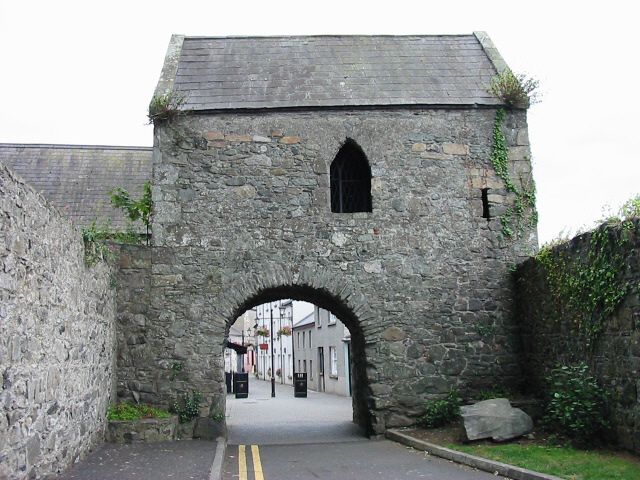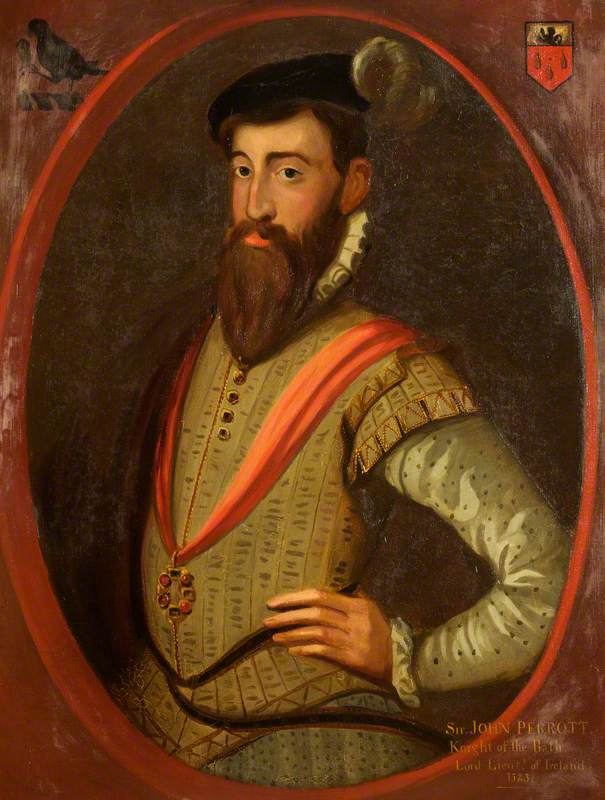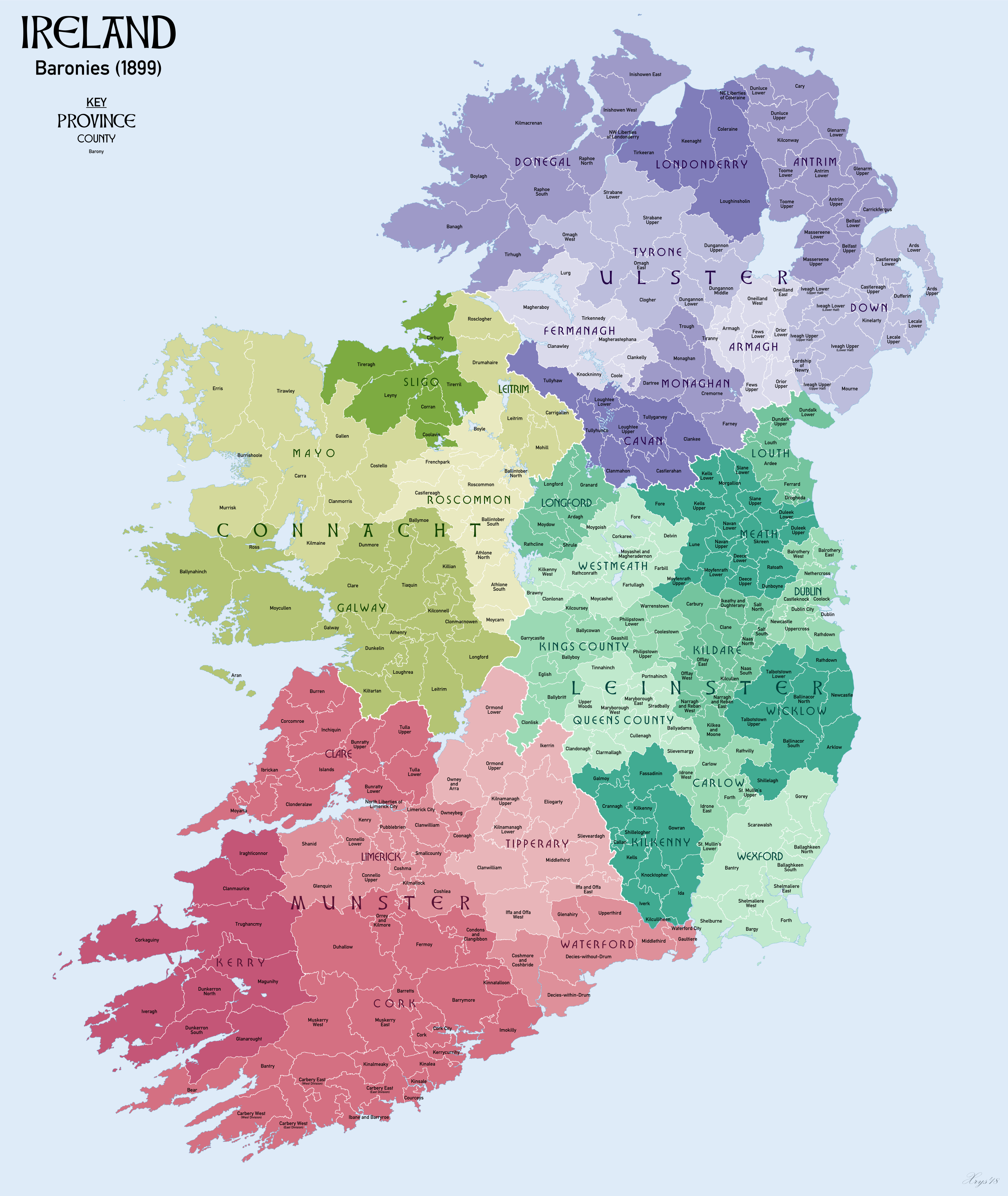|
Dundalk Lower
Dundalk Lower () is a barony in County Louth, Republic of Ireland. Etymology Dundalk Lower is named after the town of Dundalk ( Irish: ''Dún Dealgan'', "Dalgan's dún"). Location Dundalk Lower is found in northeast County Louth, making up all of the Cooley Peninsula. Dundalk Lower is bordered to the west by Dundalk Upper ( ga, Dún Dealgan Uachtarach), and to the northwest by Orior Upper ( ga, Na hOirthir Uachtaracha), County Armagh, and to the northeast by Iveagh Upper, Upper Half ( ga, Uíbh Eachach Uachtarach, An Leath Uachtair), and Mourne ( ga, Múrna, Old Irish: ''Mughdorna'') County Down. History Dundalk Lower was formed from the territory of Fera Lorg, Lorgan, or Lurgin. In Airgíalla Airgíalla (Modern Irish: Oirialla, English: Oriel, Latin: ''Ergallia'') was a medieval Irish over-kingdom and the collective name for the confederation of tribes that formed it. The confederation consisted of nine minor kingdoms, all independe ..., the MacScannlain are found ... [...More Info...] [...Related Items...] OR: [Wikipedia] [Google] [Baidu] |
Irish Language
Irish (an Caighdeán Oifigiúil, Standard Irish: ), also known as Gaelic, is a Goidelic languages, Goidelic language of the Insular Celtic branch of the Celtic language family, which is a part of the Indo-European languages, Indo-European language family. Irish is indigenous language, indigenous to the Ireland, island of Ireland and was the population's first language until the 19th century, when English (language), English gradually became Linguistic imperialism, dominant, particularly in the last decades of the century. Irish is still spoken as a first language in a small number of areas of certain counties such as County Cork, Cork, County Donegal, Donegal, County Galway, Galway, and County Kerry, Kerry, as well as smaller areas of counties County Mayo, Mayo, County Meath, Meath, and County Waterford, Waterford. It is also spoken by a larger group of habitual but non-traditional speakers, mostly in urban areas where the majority are second language, second-language speakers. ... [...More Info...] [...Related Items...] OR: [Wikipedia] [Google] [Baidu] |
Orior Upper
Orior Upper (from ga, Airthir, the name of an ancient Gaelic territory) is a barony in County Armagh, Northern Ireland. It lies in the south-east of the county and borders the Republic of Ireland with its southern boundary. It is bordered by five other baronies in Northern Ireland: Fews Upper and an enclave of Fews Lower to the west; Orior Lower to the north; Iveagh Upper, Upper Half to its west, which is divided in two by the Lordship of Newry. It also borders two baronies in the Republic of Ireland: Dundalk Lower and Dundalk Upper to the south. List of settlements Below is a list of settlements in Orior Upper: Villages * Belleek *Camlough Population centres *Forkhill (also part in the barony of Orior Lower) *Jerrettspass (also part in the barony of Orior Lower) * Jonesborough *Kingsmills *Loughgilly (also part in the baronies of Fews Lower and Orior Lower) List of civil parishes Below is a list of civil parishes in Orior Upper: *Forkhill *Jonesborough *Killevy (split ... [...More Info...] [...Related Items...] OR: [Wikipedia] [Google] [Baidu] |
Carlingford, County Louth
Carlingford (; ga, Cairlinn) is a coastal town and civil parish In England, a civil parish is a type of Parish (administrative division), administrative parish used for Local government in England, local government. It is a territorial designation which is the lowest tier of local government below district ... in northern County Louth, Republic of Ireland, Ireland. For the purposes of local government, the town is part of the Dundalk Municipal District. It is situated on the southern shore of Carlingford Lough with Slieve Foy mountain as a backdrop, sometimes known as Carlingford Mountain. It is the main town on the Cooley Peninsula. Located on the R176 road, R176/R173 road, R173 roads between Greenore and Omeath village, Carlingford is approximately 27 km north east (by road) from Dundalk (15.6 km directly), 90 km north of Dublin and 11 km south of the Republic of Ireland-United Kingdom border, border with Northern Ireland. Carlingford won the Irish T ... [...More Info...] [...Related Items...] OR: [Wikipedia] [Google] [Baidu] |
Ballymascanlan
Ballymascanlan (), otherwise Ballymascanlon, is a small village and townland in County Louth, Ireland, situated 4 km north-east of Dundalk on the Cooley Peninsula, on the road to Carlingford. Locale The townland runs down to the coast, and is bounded by the Flurry River, running south and reaching the sea at its edge, and a late tributary running east. History The name Ballymascanlan means "town of the son of Scanlan": a reference to Scanlan, son of Fingin, chief of the Uí Méith, who died in 672. The Uí Méith were rulers in the kingdom of Oriel until the Anglo-Norman period. An Uí Méith is credited with having defeated the Danes in Dundalk Bay in 833. The village of Omeath on Carlingford Lough also takes name from this group. In 1185, during the Norman-English period, the district of Ballymascanlan as far north as Carrickarnon was donated by Hugh de Lacy to the Cistercian Abbey of Mellifont. Following the dissolution of the monasteries by King Henry VIII the lo ... [...More Info...] [...Related Items...] OR: [Wikipedia] [Google] [Baidu] |
Conaille Muirtheimne
Conaille Muirthemne was a Cruithin kingdom located in County Louth, Ireland, from before 688 to after 1107 approximately. Overview The Ulaid according to historian Francis John Byrne 'possibly still ruled directly in Louth as far as the Boyne in the early seventh century' at a time when Congal Cáech of the Cruthin of Dál nAraidi made a bid for the kingship of Tara. Conaille Muirtheimne once formed part of the over-kingdom of the Ulaid, and it remained an ally of it for the greater part of its history. In Lebor na gCeart (the Book of Rights) the Conaille are listed among ''"The Territories whose King paid Tribute to the Ulaidh."'' In return, the king of Ulaid owed to ''"The Heroic King of Muirthemhne – six round goblets full of ale, ten ships from the Hero of Elga, ten steeds and ten brights cloaks."'' They are believed to be a branch of the Cruthin. Dubhaltach MacFhirbhisigh stated of them: ''"To the Cruithne of Ireland belong the Dal Araidhe, the seven Laighsi of Lei ... [...More Info...] [...Related Items...] OR: [Wikipedia] [Google] [Baidu] |
Airgíalla
Airgíalla (Modern Irish: Oirialla, English: Oriel, Latin: ''Ergallia'') was a medieval Irish over-kingdom and the collective name for the confederation of tribes that formed it. The confederation consisted of nine minor kingdoms, all independent of each other but paying nominal suzerainty to an overking, usually from the most powerful dynasty. Airgíalla at its peak roughly matched the modern dioceses of Armagh and Clogher, spanning parts of counties Armagh, Monaghan, Louth, Fermanagh, Tyrone and Londonderry. Its main towns were Armagh and Clogher. The name's usage survives as a cultural area of folk tradition in South East Ulster and adjoining areas of County Louth. According to legend, Airgíalla was founded by the Three Collas, who are said to have conquered what is now central Ulster from the Ulaid. The decisive victory was the battle of Achadh Leithdheirg, said to have been fought around the year 331. However, this tale is thought to be mostly fiction, and the actual y ... [...More Info...] [...Related Items...] OR: [Wikipedia] [Google] [Baidu] |
Old Irish
Old Irish, also called Old Gaelic ( sga, Goídelc, Ogham script: ᚌᚑᚔᚇᚓᚂᚉ; ga, Sean-Ghaeilge; gd, Seann-Ghàidhlig; gv, Shenn Yernish or ), is the oldest form of the Goidelic/Gaelic language for which there are extensive written texts. It was used from 600 to 900. The main contemporary texts are dated 700–850; by 900 the language had already transitioned into early Middle Irish. Some Old Irish texts date from the 10th century, although these are presumably copies of texts written at an earlier time. Old Irish is thus forebear to Modern Irish, Manx, and Scottish Gaelic. Old Irish is known for having a particularly complex system of morphology and especially of allomorphy (more or less unpredictable variations in stems and suffixes in differing circumstances) as well as a complex sound system involving grammatically significant consonant mutations to the initial consonant of a word. Apparently,It is difficult to know for sure, given how little Primiti ... [...More Info...] [...Related Items...] OR: [Wikipedia] [Google] [Baidu] |
Mourne (barony)
Mourne (named after the Múrna) is a barony in County Down, Northern Ireland. It lies in the south-east of the county, with the Irish Sea to its east. It is bordered by two other baronies: Iveagh Upper, Lower Half and Iveagh Upper, Upper Half to the north and west. Mourne gets its name from the ''Múrna'' (Old Irish: ''Mughdorna''), a people who hail from a territory of the same name in modern County Monaghan. Ancient history The Mugdorna According to local historian Peadar Livingstone, the Mugdorna are described as being a powerful people in the "archaic" period and may have been rulers of Ulster before the ascendancy of the Ulaid. He also suggests that some of their constituent tribes are either pre-Celtic or very early Celtic people. Early genealogists would claim that they descend from Mughdhorn Dubh, a son of Colla Menn, however this has been rebuked as a politically-driven construct. Indeed, Mugdorna is listed as being one of the territories conquered from the Ulaid by t ... [...More Info...] [...Related Items...] OR: [Wikipedia] [Google] [Baidu] |
Iveagh Upper, Upper Half
Iveagh Upper, Upper Half is the name of a barony in County Down, Northern Ireland. It was created by 1851 with the division of the barony of Iveagh Upper into two. It lies to the west and south of the county, split in half by the Lordship of Newry. It is bordered by six other baronies: Mourne to the south; Iveagh Upper, Lower Half to the east; Iveagh Lower, Lower Half and Iveagh Lower, Upper Half to the north; and Orior Lower and Orior Upper to the west. List of settlements Below is a list of the villages and population centres in Iveagh Upper, Upper Half: Towns *Banbridge *Warrenpoint Villages *Loughbrickland *Poyntzpass (split with Orior Lower) *Rathfriland *Rostrevor Hamlets and population centres *Annaclone * Ballinaskeagh * Burren * Donaghmore * Drumgath *Killowen * Scarva List of civil parishes Below is a list of civil parishes in Iveagh Upper, Upper Half: * Aghaderg (also partly in barony of Iveagh Lower, Lower Half (two townlands) and Iveagh Upper, Lower Half (o ... [...More Info...] [...Related Items...] OR: [Wikipedia] [Google] [Baidu] |
Dundalk Upper
Dundalk Upper () is a barony in County Louth, Republic of Ireland. Etymology Dundalk Upper is named after the town of Dundalk (Irish: ''Dún Dealgan'', "Dalgan's dún"). Location Dundalk Upper is found in north County Louth, containing the valleys of the Castletown River and River Fane. Dundalk Upper is bordered to the east by Dundalk Lower ( ga, Dún Dealgan Íochtarach), to the south by Louth ( ga, Lú), to the west by Farney ( ga, Fearnaigh), County Monaghan, and to the north by Orior Upper ( ga, Na hOirthir Uachtaracha) and Fews Upper ( ga, Na Feá Uachtaracha), County Armagh. History Dundalk Upper was formed from Uí Mac Uais Breg, the country of the Mac Scanlans. The barony of Dundalk was the ancient home of the Conaille Muirtheimhne. The barony was split in half by 1821. Civil Parishes There are 14 civil parishes. * Ballybarrack (6 townlands) * Barronstown (14 townlands) * Castletown (8 townlands) * Creggan (10 townlands) * Dunbin (9 townlands) * Dundalk (21 tow ... [...More Info...] [...Related Items...] OR: [Wikipedia] [Google] [Baidu] |
Barony (Ireland)
In Ireland, a barony ( ga, barúntacht, plural ) is a historical subdivision of a county, analogous to the hundreds into which the counties of England were divided. Baronies were created during the Tudor reconquest of Ireland, replacing the earlier cantreds formed after the original Norman invasion.Mac Cotter 2005, pp.327–330 Some early baronies were later subdivided into half baronies with the same standing as full baronies. Baronies were mainly cadastral rather than administrative units. They acquired modest local taxation and spending functions in the 19th century before being superseded by the Local Government (Ireland) Act 1898. Subsequent adjustments of county boundaries mean that some baronies now straddle two counties. The final catalogue of baronies numbered 331, with an average area of ; therefore, each county was divided, on average, into 10 or 11 baronies. Creation The island of Ireland was "shired" into counties in two distinct periods: the east and sou ... [...More Info...] [...Related Items...] OR: [Wikipedia] [Google] [Baidu] |






